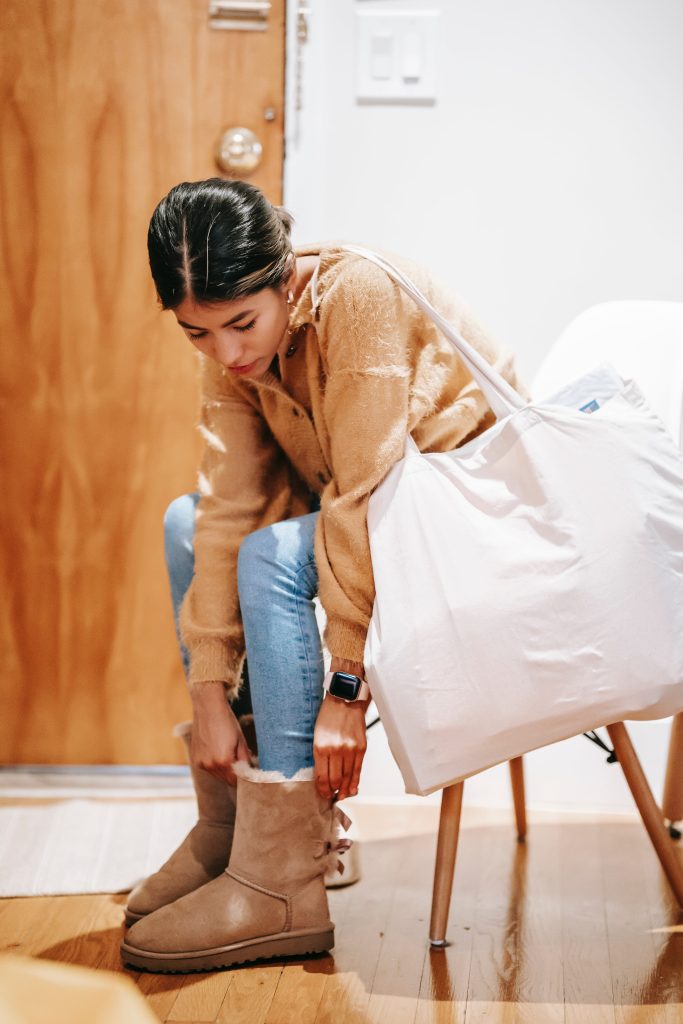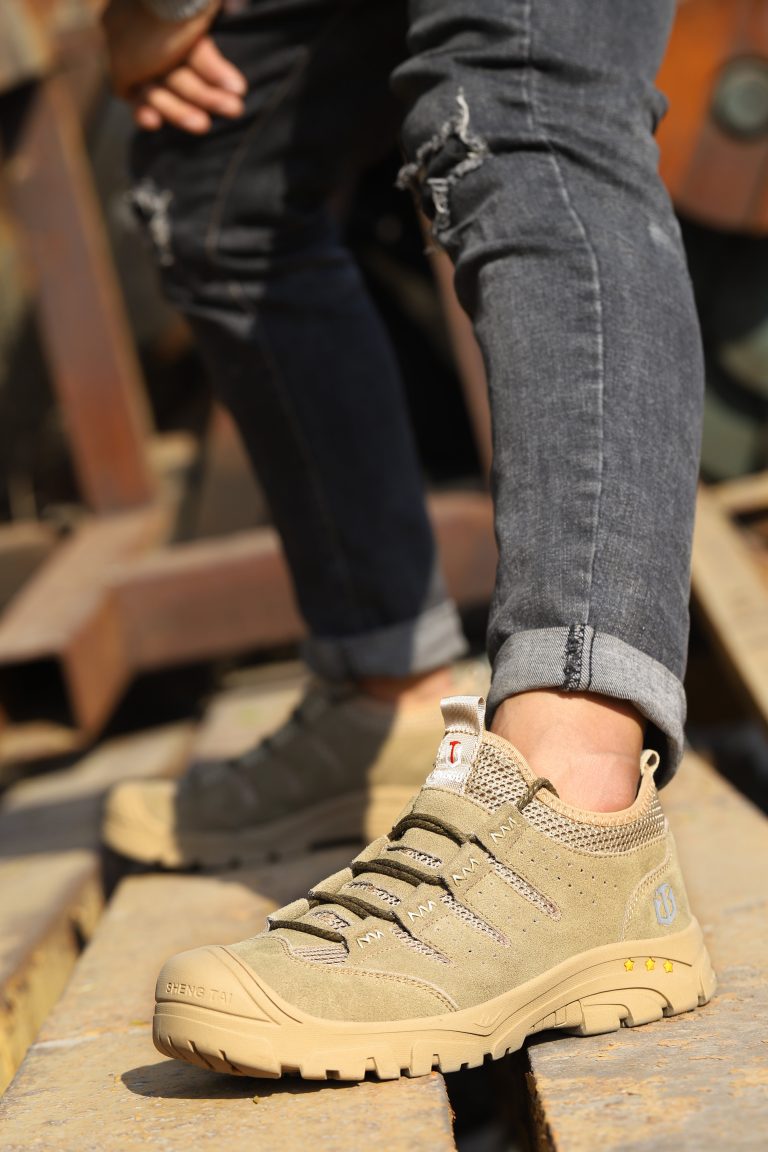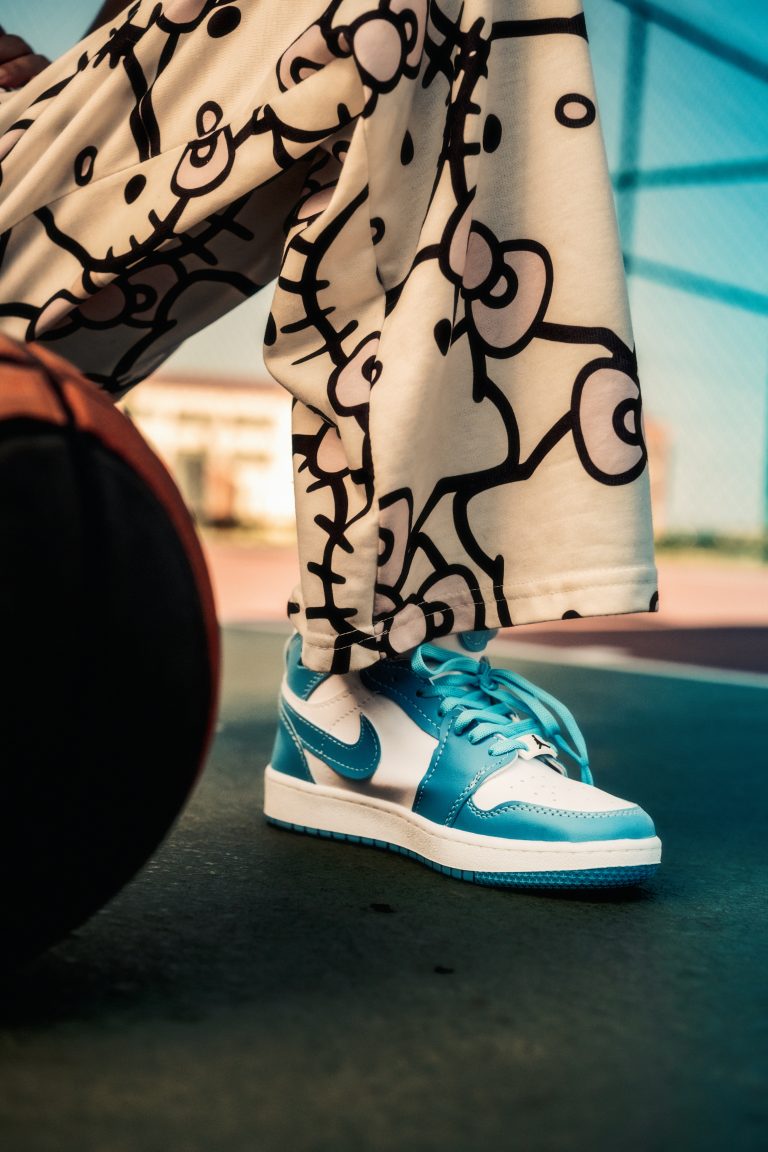What Material is Best for Warm Shoes? | 2023
Table of Contents
Introduction (What Material is Best for Warm Shoes?)
What Material is Best for Warm Shoes? As the chill of winter sets in, the quest for warm and cozy shoes becomes paramount. Choosing the right material is crucial for ensuring your feet stay toasty in colder temperatures. In this guide, we’ll explore various materials that make shoes warm and the factors to consider when making your selection.

Understanding Insulation in Shoes
Insulation is the key to warmth in shoes. It acts as a barrier to the cold, keeping the heat generated by your feet inside. Different materials offer varying degrees of insulation, making the right choice essential for comfort in chilly conditions.
Common Warm Shoe Materials
Wool: The Traditional Warmth Provider
Wool has been a go-to material for warmth for centuries. Its natural insulation properties make it an excellent choice for keeping feet snug.
Thinsulate: A Modern and Effective Insulation
Developed for high-performance warmth, Thinsulate is a synthetic insulation known for its efficiency without adding bulk to shoes.
Gore-Tex: Balancing Warmth and Breathability
Gore-Tex is a versatile material that not only keeps feet warm but also ensures breathability, preventing discomfort from trapped moisture.
Leather as a Warm Material
Leather, beyond its fashionable appeal, provides a natural insulating effect. However, it comes with considerations, including care and waterproofing.
Synthetic Materials for Warmth
Exploring Synthetic Options Like PrimaLoft
PrimaLoft is a popular synthetic alternative, offering warmth comparable to natural materials with added water resistance. We’ll also delve into the environmental aspects of synthetic choices.
Waterproofing and Warmth
Understanding the correlation between waterproofing and warmth is crucial. We’ll identify materials that excel in both aspects, ensuring your feet stay dry and warm.
Choosing Warm Materials for Different Activities
Whether you’re trekking through snow or strolling in the city, different activities demand specific materials. We’ll guide you on the best choices for various scenarios.
Eco-Friendly Warm Materials
Eco-friendly warm materials have become an essential focus in the design and production of sustainable footwear. Innovations in the fashion industry have given rise to materials that not only provide warmth but also minimize their environmental impact. Recycled polyester, derived from post-consumer plastic bottles, is often used as insulation, reducing the reliance on virgin materials. Organic cotton and hemp are sustainable alternatives for linings and uppers, offering breathability and natural warmth without the ecological footprint associated with conventional cotton production. Additionally, materials like Tencel or Lyocell, made from sustainably sourced wood pulp, find applications in eco-friendly shoe linings, ensuring comfort while maintaining environmental responsibility. By embracing these materials, the fashion industry is taking significant strides towards creating warm and stylish footwear options that align with the principles of ecological sustainability.
Balancing Comfort and Warmth
alancing comfort and warmth in footwear is a delicate equilibrium that requires careful consideration of materials and design. While the primary goal is to keep feet warm, it is equally essential to ensure that the shoes remain comfortable for extended periods. The selection of materials such as breathable yet insulating fabrics, like Gore-Tex or Thinsulate, is crucial to prevent overheating and moisture accumulation. Additionally, ergonomic design elements and proper insulation in key areas contribute to maintaining a comfortable temperature. Striking the right balance involves understanding the specific climate and user needs, creating shoes that not only shield against the cold but also provide a cozy and enjoyable wearing experience. This delicate harmony ensures that individuals can navigate chilly environments with both warmth and ease, making comfort and protection integral components of well-designed, winter-ready footwear.
Maintenance of Warm Shoes
Maintaining warm shoes is essential to ensure their longevity and continued effectiveness in providing insulation. Regular cleaning is crucial, especially after exposure to harsh weather conditions. For leather shoes, a gentle brush and damp cloth can be used to remove dirt, followed by a leather conditioner to keep the material supple and resistant to cracks. Waterproof and insulated materials benefit from a periodic application of water repellent sprays to maintain their protective properties. If the shoes become wet, it’s important to allow them to air dry naturally, avoiding direct heat sources like radiators which can damage certain materials. For shoes with removable insoles, taking them out to dry separately is advisable. Storing warm shoes in a cool, dry place when not in use helps prevent mold and mildew growth. Regular checks for wear and tear, such as inspecting seams and soles, allow for timely repairs, ensuring that warm shoes remain a reliable barrier against the cold.
Cost Considerations
Your budget plays a role in material selection. We’ll explore how different materials affect the cost of warm shoes, helping you find the right balance between affordability and quality.
Customer Reviews and Experiences
Drawing on the experiences of real users, we’ll present insights into the warmth and durability of different materials, giving you a practical understanding of their performance.
Innovations in Warm Shoe Materials
As technology advances, so do materials. We’ll explore emerging innovations, providing a glimpse into the future of warm shoe materials.
Conclusion
In conclusion, the material you choose significantly impacts the warmth and comfort of your shoes. Whether it’s the timeless warmth of wool or the modern efficiency of synthetic options, understanding your needs is key to finding the perfect fit.
FAQs
- Can I use warm shoes for everyday activities?
- Absolutely! Many warm shoe options are designed for everyday use, ensuring comfort and warmth in various settings.
- Are leather warm shoes suitable for rainy weather?
- While leather provides warmth, it’s advisable to waterproof them for rainy conditions to maintain both insulation and durability.
- What is the most eco-friendly warm shoe material?
- Materials like recycled wool or sustainable synthetic options, such as recycled polyester, are eco-friendly choices.
- Do synthetic materials provide as much warmth as natural ones?
- Yes, many synthetic materials, like Thinsulate and PrimaLoft, provide excellent warmth comparable to natural options.
- Are warm shoes more expensive than regular ones?
- The cost of warm shoes can vary based on the material. While some materials may be pricier, there are affordable options that still offer warmth and quality.





Leave a comment